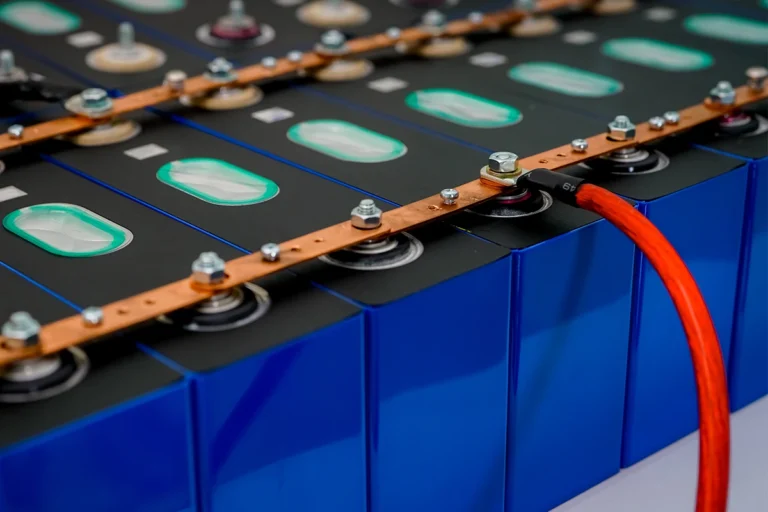Electric Vehicle
Thermal Management Solutions
Effective thermal management is crucial for electric vehicles (EVs) to maintain optimal temperatures for key components like the motor, power electronics, and battery. Proper heat regulation during operation maximizes energy efficiency, extends driving range, and ensures component reliability and longevity, enabling EVs to achieve peak performance and efficiency.
Vehicle Electronics / Equipment

Electronic circuits & components thermal gap interface
Requirements
- High thermal conductivity with low thermal impedance to efficiently transfer heat from electronic components to heat sinks in vehicle systems.
- Stable and durable, even at high temperatures.
- Available in electrically insulating or conductive options, including silicone-free thermal interface materials.
Solutions
- Process: Die-cut; Materials: Thermal interface gap pads, phase change materials, graphite sheets, thermal adhesives tapes
Battery Module / Pack

Battery cells thermal gap interface
Requirements
- High thermal conductivity with low thermal impedance to effectively dissipate heat from battery cells to cooling systems.
- Chemically stable and non-reactive with battery cell materials or other system components.
- Durable enough to endure the harsh conditions of EV battery systems, including high temperatures, vibrations, and thermal cycling.
Solutions
- Process: Die-cut; Materials: Thermal interface gap pads, phase change materials, graphite sheets, thermal adhesives tapes
Battery cells thermal isolators
Requirements
- Provides thermal insulation between battery cell packs and components to reduce heat transfer and maintain optimal cell temperature.
- Includes fire-blocking properties to minimize fire spread in the event of a thermal runaway.
Solutions
- Process: Die-cut; Materials: PP film, PET film, ceramic papers, aerogel sheets, silicone rubber foam sheets
- Process: Elastomer Moulding; Materials: Silicone
- Process: Particle Foam Moulding; Materials: Expanded Polypropylene (EPP)
Flame Barrier Components
Requirements
- Provides thermal insulation, electrical isolation, and fire protection to prevent thermal runaway, short circuits, and mechanical stress in battery modules.
- Meets strict flame resistance standards like UL94 5VA to prevent flame spread and ensure safe operation.
- Must withstand vibrations, pressure, thermal cycling, and performs reliably in harsh conditions, including high temperatures and humidity.
Solutions
- Process: Die-cut; Materials: Thermal barrier films and tapes, including Aerogel-based, polyimide, and aramid-based materials

